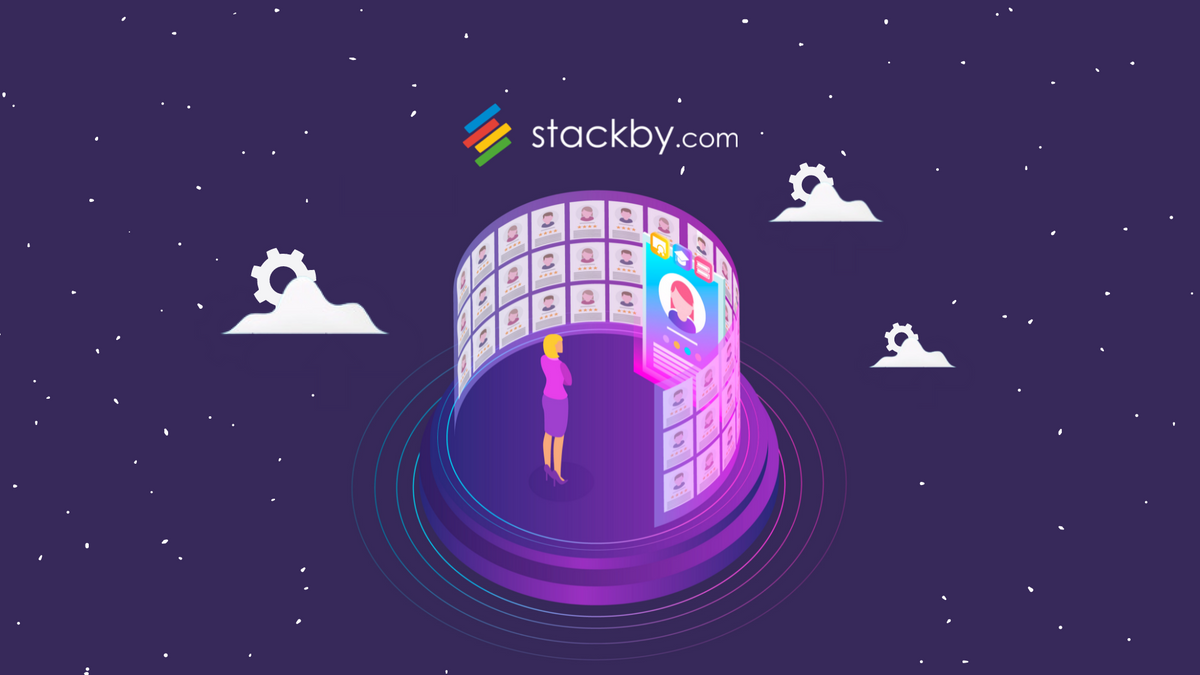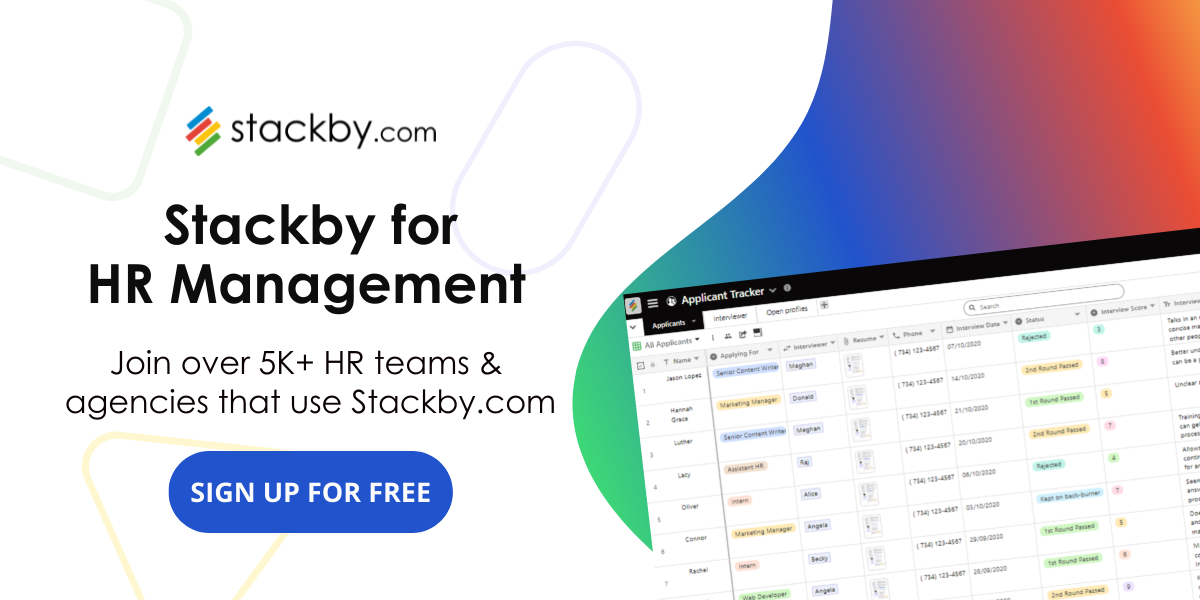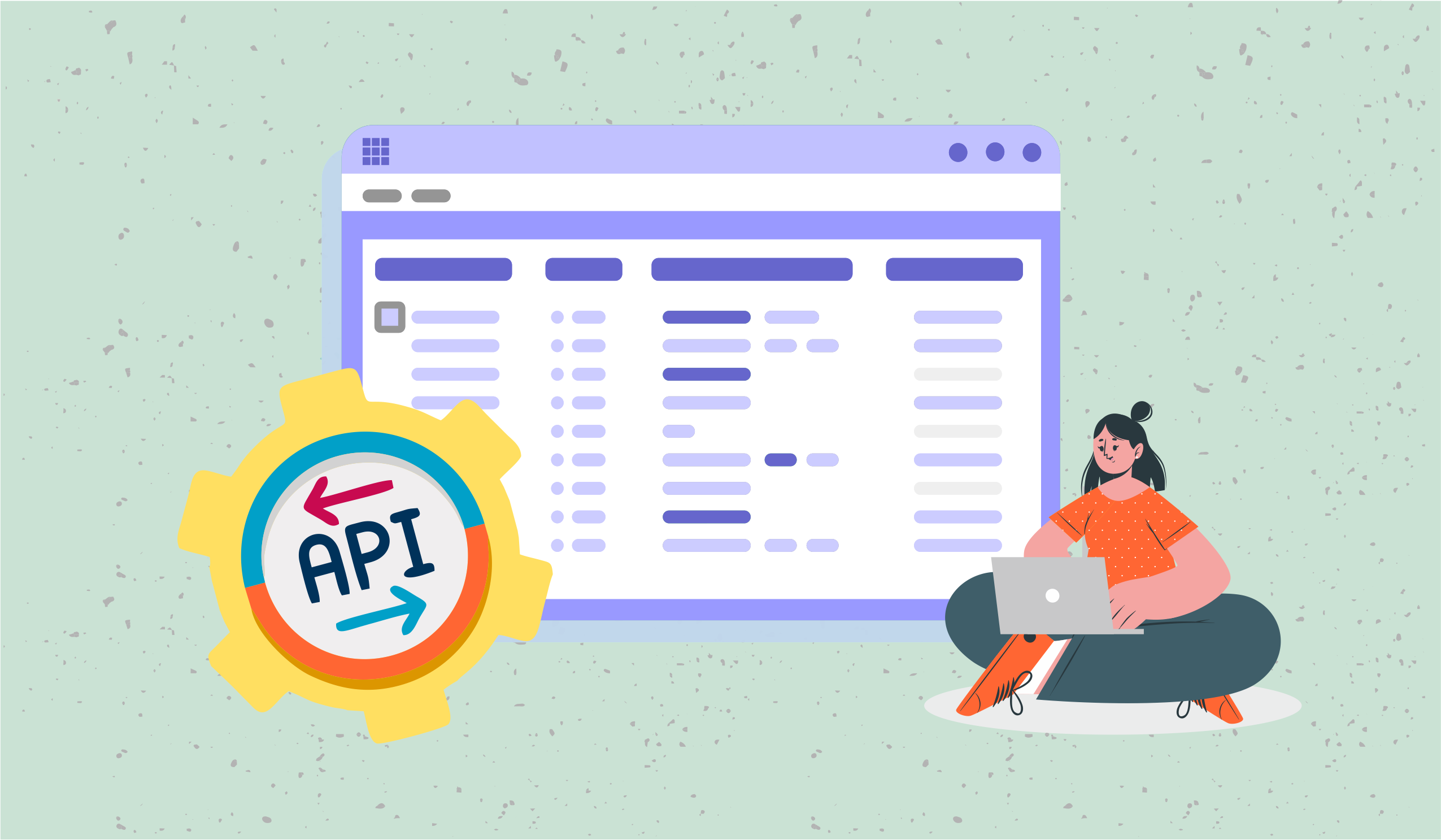How to Automate Your Hiring or Recruiting Process (in 5 easy steps)
Learn step by step how you can automate your end to end recruitment process. HR managers and executives, are you there?

In the present competitive job market, finding and hiring the right talent can be a challenging and time-consuming process. Hiring managers and HR professionals often have to deal with a large number of applicants, lengthy paperwork, and manual data management.
However, with the help of automation, the hiring process can be transformed into a streamlined and efficient operation, saving valuable time and resources.
Of the HR professionals who utilize automation in their hiring processes, 69% reported a significant reduction in the time spent on this procedure.
Our blog post will explore the power of automating your hiring process and how it can revolutionize your recruitment efforts. We'll delve into the hiring process's key elements and highlight the automation's importance.
Furthermore, we'll provide a step-by-step guide to automating your hiring process using Stackby, a versatile and user-friendly platform.
By the end of this post, you'll be equipped with the knowledge to optimize your recruitment process and make data-driven hiring decisions. So, let's dig in:
What is Involved in the Hiring Process?
The hiring process encompasses several stages, including job posting, application collection, candidate evaluation, interviews, and the selection of the best candidate for the role.
Each step involves managing a significant amount of data, communication, and collaboration among the recruitment team.
Importance of Automating Hiring Process
Automating the hiring process offers several significant benefits that can significantly enhance the efficiency and effectiveness of the recruitment process. Some of the key advantages include:
- Time and Cost Savings: Automation streamlines repetitive tasks suchg as resume screening, interview scheduling, and candidate communication.
By reducing manual efforts, HR teams can save time and allocate their resources more efficiently, ultimately leading to cost savings in the long run.
- Faster Recruitment Cycle: Automated processes can accelerate the hiring timeline by swiftly identifying qualified candidates and facilitating prompt communication with them.
It can be crucial in securing top talent before they accept offers from other companies.
- Improved Candidate Experience: Automation can ensure timely updates and personalized communication with candidates throughout the hiring journey, leaving a positive impression even on those who may not ultimately get the job.
A seamless and efficient experience can help attract better candidates and enhance the company's employer brand.
- Enhanced Data-driven Decision Making: Automated hiring processes generate valuable data and metrics, enabling HR professionals to analyze recruitment performance and identify areas for improvement.
Data-driven insights can lead to better hiring strategies and more informed decision-making.
- Elimination of Bias: Automated systems can be designed to focus solely on objective criteria and qualifications, reducing the potential for unconscious biases in the initial screening process.
It helps ensure a fair and equitable evaluation of all candidates.
Key Elements of a Hiring Process
Before diving into automation, it's essential to understand the critical elements involved in the hiring process. These include:
- Job Posting and Application Collection: Creating job postings, managing applications, and screening candidates.
- Candidate Evaluation: Assessing candidates' qualifications, skills, and experience to shortlist potential matches.
- Interviews: Scheduling, conducting, and evaluating interviews to gauge candidates' suitability for the role.
- Decision Making: Reviewing interview feedback, assessing candidate fit, and making hiring decisions.
Step-By-Step Guide to Automate Your Hiring Process in Stackby
Now, let's explore how Stackby can streamline your hiring process with its customizable templates and automation capabilities:
Step 1: Bring your applicant data via forms or other tools
Start by consolidating all relevant hiring data from various sources, such as spreadsheets, forms, and existing tools like Greenhouse, into Stackby's Recruitment Tracker template.
Import applicant details, job postings, interview schedules, and other relevant information to create a centralized database.
Focus on creating custom recruitment forms in the Recruitment Tracker template, which will store records in the database of Stackby.
Step 2: Build your recruitment database structure
Organize and structure your hiring data within the template by creating custom fields for different aspects of the hiring process.
Link related data together using Link Column Type, Lookup and Aggregation to establish connections between applicants, job positions, and interview details. Provide access permissions to team members for collaborative data management.
Also, you can search, filter and sort your applicants' data anytime and anywhere with this template.
Step 3: Create your recruitment dashboards
Utilize Stackby's built-in dashboards, charts, and pivot tables to generate visual reports on key hiring metrics. Monitor the number of open positions, track applicants' progress through different stages, and analyze candidate profiles based on qualifications and skills.
Step 4: Automate your email notifications to applicants
Leverage Stackby's automation features to streamline repetitive manual tasks. Set up workflows to automate email notifications to applicants based on their application status or interview outcomes.
Integrate with external tools like Zapier or API connectors (like Make.com, Pabbly, or Integrately) to automate data synchronization with other platforms, ensuring data accuracy and consistency.
Create a Zap in Zapier to send an automated email to all the applicants and those selected and rejected for the job role.
This way, you can create automation to send custom emails to applicants whenever they apply or once their status is changed.
Step 5: Optimize your recruitment workflow
Implement Stackby's Recruitment Tracker Template to optimize your hiring process. Efficiently manage open positions, track candidate details, schedule interviews, and all the other recruiting KPIs.
Also, it allows you to build recruitment dashboards in a single place for interviews, open profiles, and so on.
Ultimately, it will enable you to make hiring decisions within a single platform. Customize the template to suit your organization's unique recruitment needs.
Stackby's Recruitment Tracker Template
To facilitate a smooth and effective recruitment process, Stackby presents its custom-made Recruitment Tracker Template designed to track the entire recruitment journey from start to finish.
With Stackby's Recruitment Tracker Template, you gain the following benefits:
- Overview of Open Positions: Get a clear picture of the current open positions within your company.
- Attachment of Job Descriptions: Easily link job description documents to the recruitment plan template for easy access.
- Monitoring Vacancies: Track the number of vacancies available for each position in your company, facilitating efficient hiring decisions.
- Level of Requirement: Categorize the requirement level for each position as Low, Medium, or High.
- Position Status Tracking: Keep track of the current status of each position (Open, Interviewing, On Hold, Cancelled).
- Manager Details: Record the manager responsible for the recruitment process of each position, including their contact details, to ensure seamless communication.
- Candidate Details: Store comprehensive details of candidates who have applied for each position, including their contact information and attached picture.
- CV and Interview Details: Attach applicants' CVs and schedule interview dates, making it easy to manage and allocate time efficiently.
- Interview Rating: Rate candidates based on their interview performance and record the interviewer's name.
- Application Status: Keep tabs on the application process status, such as Decision Pending, No Hire, Hired, or In-Person Interview.
So, this template by Stackby is user-friendly and intuitive, allowing easy collaboration with your HR team.
Video Guide:
For a visual guide on automating your hiring process using Stackby, watch the following video:
Final Words
So, it is evident that automating your hiring process with Stackby empowers your HR team to make data-driven decisions, reduce manual effort, and enhance the overall efficiency of recruitment.
You can transform your hiring process into a seamless and well-organized operation by streamlining data consolidation, management, reporting, and automation.
Take advantage of Stackby's user-friendly Recruitment Tracker Template and make your recruitment efforts more effective, saving time and resources while acquiring the best talent for your organization.
Sign up with Stackby, start automating your hiring process today and elevate your recruitment strategy to the next level of success!


![A Simple Guide on Workflow Management Software [Updated 2025]](/blog/content/images/size/w960/2021/12/work-management-blog.png)


